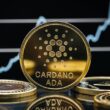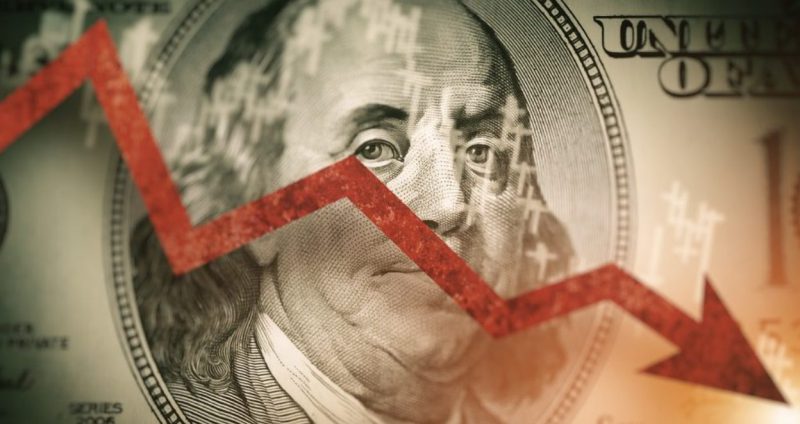Is a Recession Coming in 2023? Understanding the Impact of Rising Interest Rates
The possibility of a recession is a topic that has garnered significant attention in recent months. Economists and financial experts have been closely monitoring various indicators to gauge the likelihood of an economic downturn.
One key factor under scrutiny is the trajectory of interest rates.
Rising interest rates can have far-reaching economic implications, affecting everything from consumer spending to business investment.
So, Is a Recession Coming in 2023?
In this article, we will explore the potential consequences of increasing interest rates and whether a soft landing can avoid a recession.
Also read: BRICS: 21 Countries Officially Agree to Ditch the US Dollar in 2023
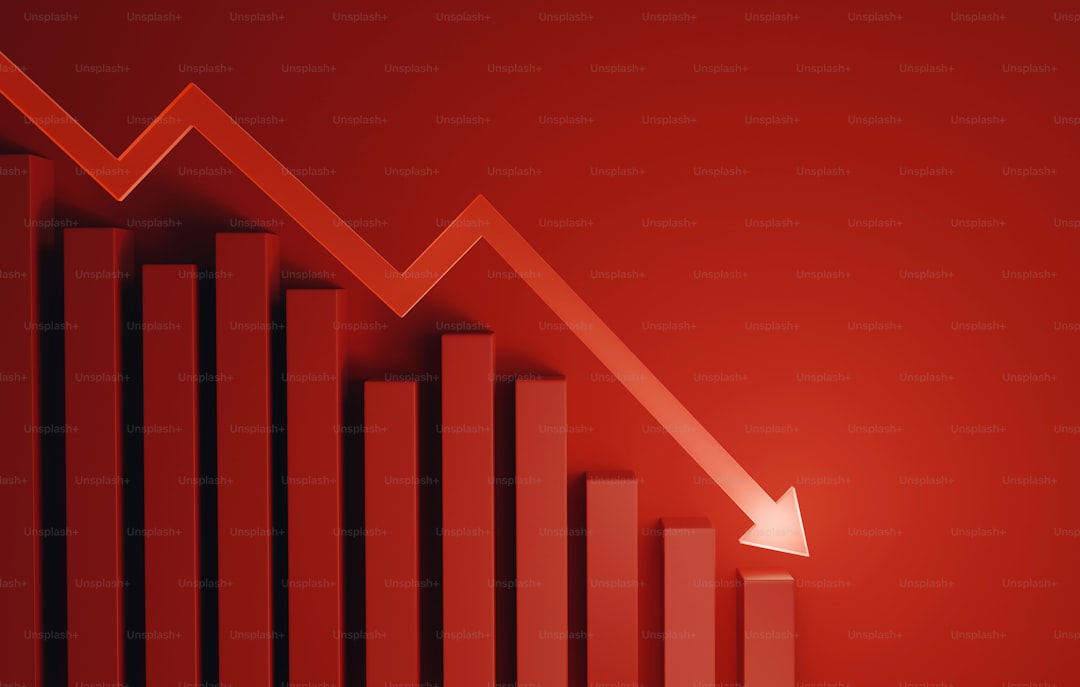
The current economic landscape
Before delving into the impact of rising interest rates, let’s first look at the current state of the economy.
The U.S. economy has grown robustly despite the Federal Reserve’s recent series of interest rate hikes.
The economy expanded at a better-than-expected 2.4% annual rate in the second quarter of the year, and it has maintained an average growth rate of 2.6% since mid-last year.
Also read: BRICS Nations Stockpile Gold to Support New Currency
Is a Recession Coming in 2023?
A Still Solid Economy
The sustained growth of the U.S. economy can be largely attributed to the strength of consumer and business spending, which continues to drive economic activity.
This momentum is expected to have positive ripple effects in the future.
As consumers and businesses make more purchases, manufacturers and retailers must hire more employees, further boosting income and spending.
Easing Inflation
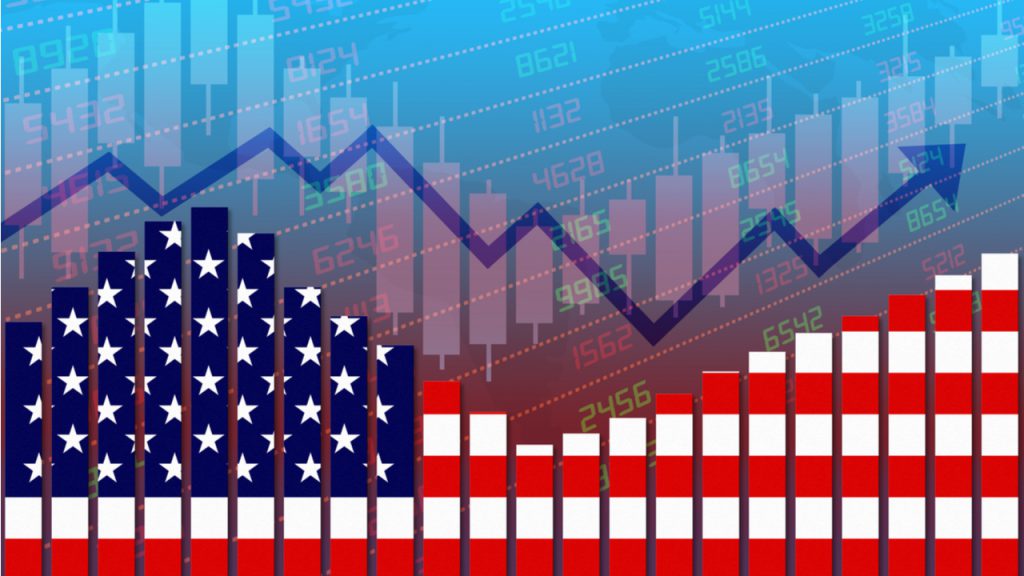

Another factor contributing to the positive economic outlook is the moderation of inflation. Annual inflation has been on a downward trend, with July’s figures showing a rate of 3.2%, down from 9.1% in June 2022.
The Federal Reserve’s decision to hold interest rates steady after a series of increases has helped reduce the risk of a downturn. B
By keeping borrowing costs relatively low, the Fed aims to support economic activity and maintain stability in the face of potential inflationary pressures.
Healthy consumer spending
Consumer spending drives economic growth, accounting for approximately 70% of economic activity. Although there has been a slight dip in consumption, with a 1.6% annualized growth rate in the second quarter, spending remains at a decent pace.
This is partly due to the persistent worker shortages and wage growth that have provided consumers with strong incomes and increased purchasing power.
Additionally, pent-up demand for durable goods, such as cars, furniture, and electronics, has driven consumer spending in these sectors.
Business investment rebound
Business investment is another crucial component of economic growth. After a period of stagnation earlier this year, business outlays rose by 7.7% in the second quarter.
This rebound can be attributed to factors such as higher interest rates and the CHIPs and Science Act of 2022, which incentivized private investment in semiconductor research and production.
The injection of federal funding has spurred business confidence and contributed to the growth of business investment.
Slower but steady job growth
While job gains have slowed recently, employers have been reluctant to lay off workers due to ongoing labor shortages.
As a result, the average monthly job gains have held relatively steady at 218,000 from May through July. The resilience of the job market and the absence of significant layoffs indicate that a recession is unlikely without a substantial increase in unemployment.
Other federal spending
In addition to the factors mentioned above, several government initiatives, such as the CHIPS Act, the Infrastructure Investment and Jobs Act, and the Inflation Reduction Act, have allocated significant funds to support various sectors of the economy.
These measures are expected to provide modest support for economic growth in the coming year.
Manufacturing and housing stabilization
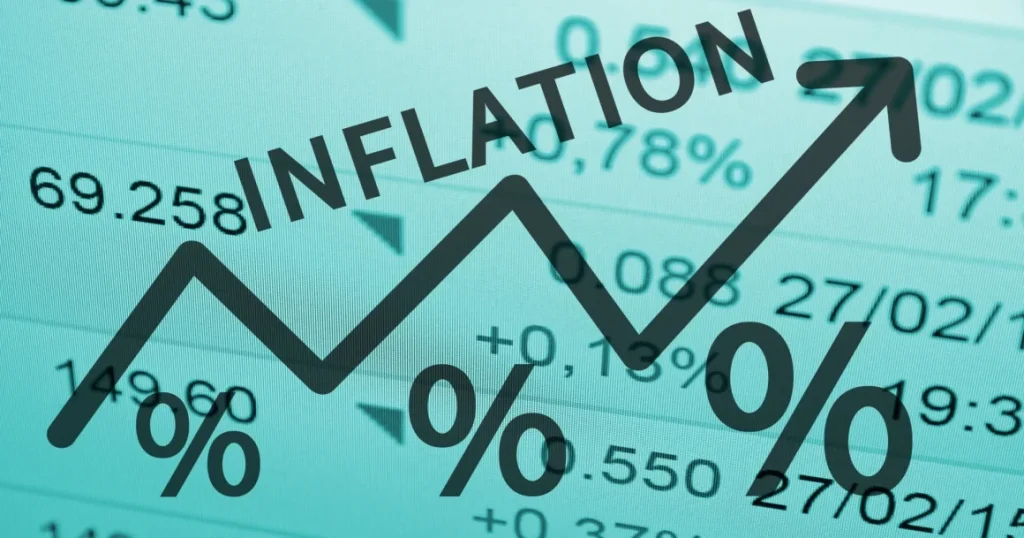
Two sectors that have experienced contraction in recent times are manufacturing and housing. However, both industries seem to have hit bottom and show signs of stabilization. Housing starts have bounced back, and despite higher mortgage rates, there is still demand for new construction.
Moreover, the manufacturing sector has benefited from increased private investment driven by federal semiconductor research and production funding.
Reasons for Concern: The Potential Impact of Rising Interest Rates
While the current economic indicators are generally positive, there are still reasons to be cautious about the possibility of a recession.
Rising interest rates can have delayed and long-term effects on the economy that may eventually lead to a downturn.
Delayed Effects of Rate Hikes
Economist Milton Friedman famously stated that the effects of interest rate increases have “long and variable lags.”
This means it may take a year or two before the full impact of higher borrowing costs is felt in the economy.
While consumer and business spending may continue to grow for now, there is a risk that it will begin to slow down in the future.
According to some economists, the lagged effects of interest rate hikes have not yet fully materialized, and they anticipate a more significant impact shortly.
The Possibility of Further Rate Hikes
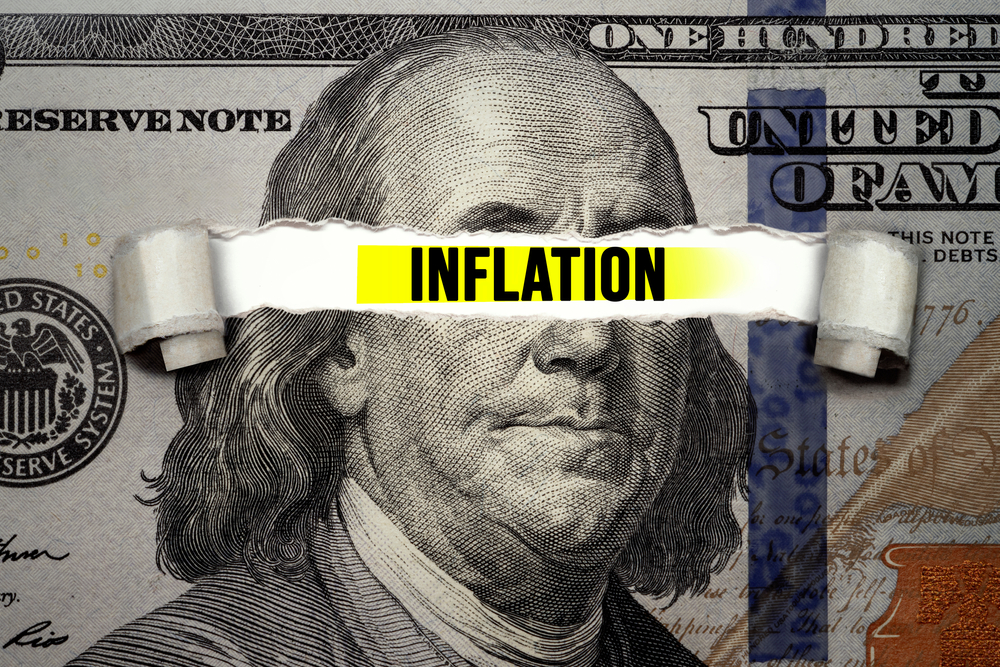

Although inflation has moderated, there are concerns that labor shortages and strong wage growth may prompt the Federal Reserve to raise rates again this year.
If the central bank decides to further tighten monetary policy, it could tip the economy into a recession.
The exact timing and extent of these future rate hikes remain uncertain, but they are a factor that economists are closely monitoring.
Stricter Lending Criteria
Tightening lending criteria is another potential risk factor for the economy. The banking crisis and the Federal Reserve’s interest rate hikes have increased scrutiny and stricter lending standards.
Moody’s recently downgraded the credit ratings of several small to midsize banks, signaling potential challenges in accessing credit.
As lending constraints become more significant, they could have a more pronounced effect on economic activity in the future.
Higher gas prices
Global oil prices have been on the rise, which has started to push up gasoline prices in the United States. The average pump cost climbed to $3.62 per gallon in July.
Higher gas prices can reduce consumer spending as people allocate more of their budget to fuel expenses. This reduction in spending could have a trickle-down effect on various sectors of the economy, potentially dampening overall economic growth.
New Pressures on Consumer Spending
Consumer spending has been strong, but concerns about potential headwinds loom over this vital economic driver. Excess pandemic-related savings have significantly decreased, and low- and middle-income Americans are likely to deplete their remaining cash reserves.
Student loan repayments resuming soon may lower disposable income and spending for many borrowers.
Conclusion: Is a Recession Coming in 2023?
In conclusion, are you still wondering if a Recession is coming in 2023? The possibility of a recession coming soon is not entirely clear-cut. Optimism surrounds the U.S. economy’s resilience, but potential risks lurk on the horizon.
Factors like rising interest rates and delayed rate hike effects may shape the economy in the months ahead.
As investors, consumers, and businesses, staying informed and navigating the uncertainty with prudence is crucial.
To mitigate risks and seize opportunities, monitor economic indicators, stay updated on policy decisions, and adjust strategies accordingly.
The path ahead is not set in stone, and the ultimate outcome will depend on many factors.
To navigate challenges and succeed, individuals and businesses must understand rising interest rates and monitor economic developments closely.



